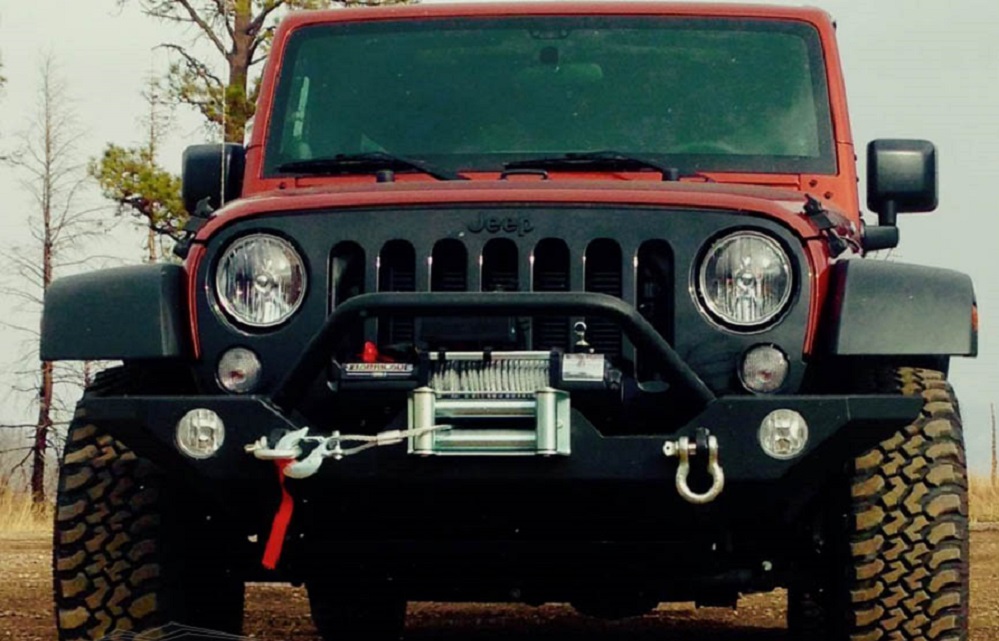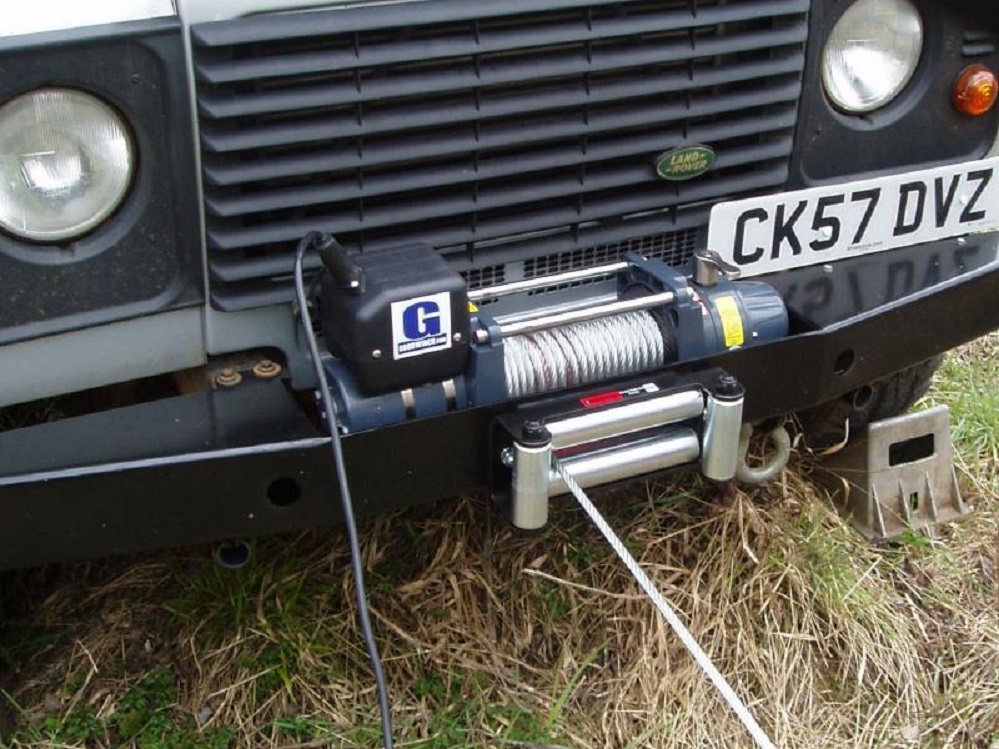
The Recovery Witchcraft of Electric Winches Explained
No matter the type of rugged terrain you and your 4×4 choose to hit, there’s always a chance you’ll need some help to get through it. Equipping your 4×4 with recovery equipment like a winch is essential for obvious reasons. Passing through seemingly impassible surfaces and unfriendly weather conditions can put an end to your off-road adventure if you aren’t capable and equipped for getting yourself, or a mate, out of a sticky situation.
Winches can pull your 4×4 out of tough situations, and one of the most commonly used winches for the job are electric winches. But how much do you know about buying a winch? It can be a complicated task with many variables, but for the sake of keeping it simple, here are the the basics things you need to know when buying electric winches.

First and foremost, even though often times overlooked when winches are discussed – the electrical system of your 4×4 matters. This is simply because the winch can quickly drain the battery. Therefore, being aware of the battery’s capability, and upgrading it if necessarily is as important as buying a winch. Otherwise, what’s the point of getting out of a tough situation if the vehicle’s battery is going to die just down the road.
A decent electric winch motor has above 5 horsepower and is built to resist weather and moisture, as well as contains corrosion and rust resisting properties. It’s supposed to be rugged, so that it can operate in unfavourable conditions with no problem. The pull capacity of the winch should be one and a half times higher than the weight of your vehicle. For instance, if your vehicle weights 2000 kg, you should get a winch with a pull rating capacity of 3000 kg.
That being said, it’s also important to note that when the rope or cable is unwound from the drum, the winch pull ratings typically lower. Winches run most efficiently when there’s a single layer of cable on the drum. On every consecutive layer, you lose about 10% of the pulling power. This means you’ll have to decide how much cable you want on the drum. If you opt for too much, the winch might underperform when pulling at short distances. Too short, on the other hand, means that you might not be able to get a good position for the winch.
Lastly, when it comes to picking a winch, the materials its cable is made from can make it or break it. Typically, steel cables are ideal for the job, as they are extremely durable and can perform tasks beyond vehicle recovery, like pulling off tree roots, tree stumps and so on. However, you have to handle them with care, and use heavy-duty gloves and follow all safety protocols.

